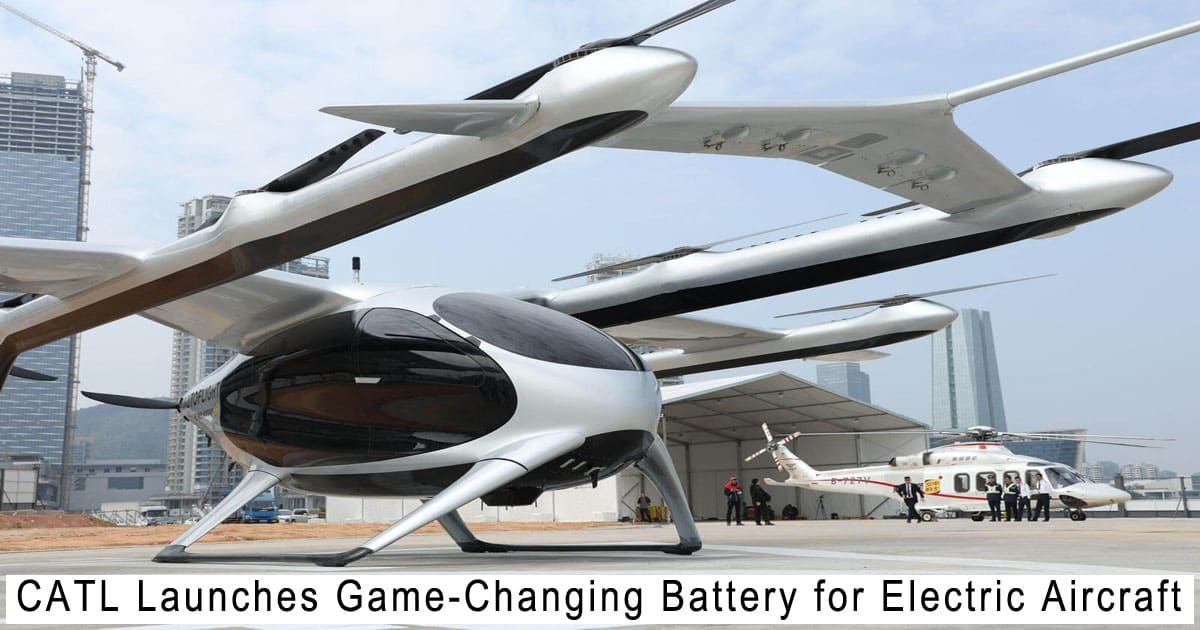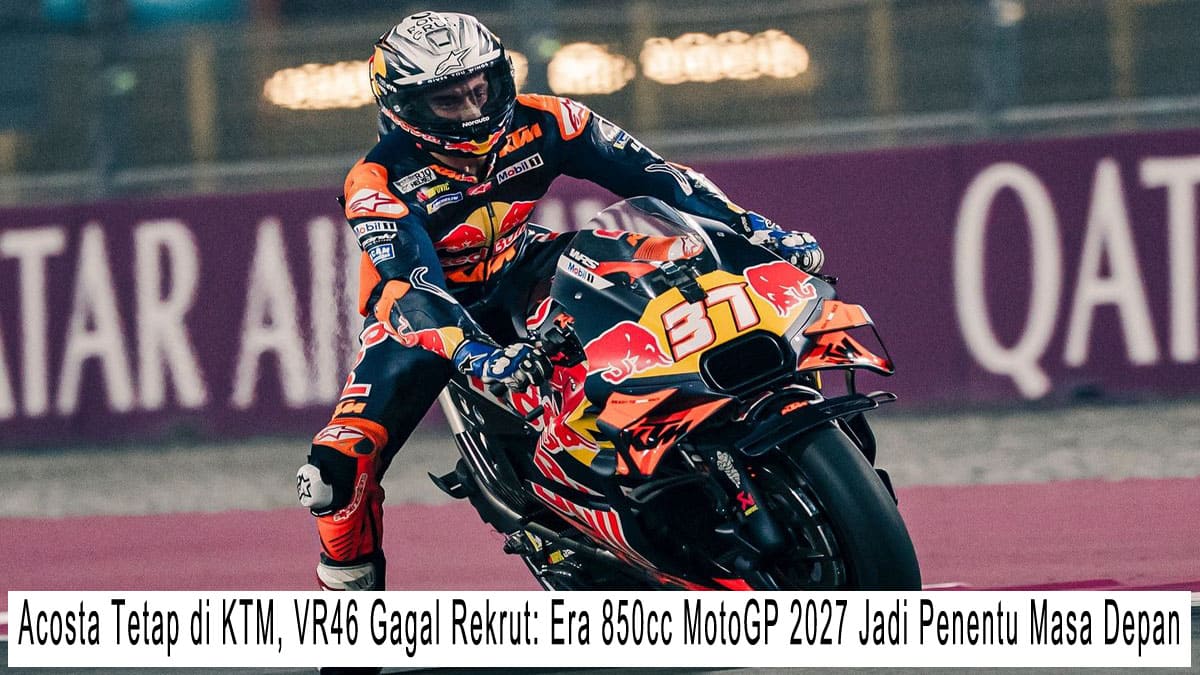CATL Launches Game-Changing Battery for Electric Aircraft Chinese battery giant CATL (Contemporary Amperex Technology Co. Limited) just made headlines with a breakthrough that could change the future of aviation. They’ve officially unveiled their new condensed battery technology, delivering an impressive 500 Wh/kg energy density — and yes, it’s designed for electric aircraft.
CATL Launches Game-Changing Battery for Electric Aircraft
Let that sink in: this isn’t just about EVs anymore. CATL is aiming for the sky.
From Road to Runway: CATL Takes Flight
While CATL is already a major player in electric vehicles (supplying Tesla, Nio, and others), this new move puts them on a totally different playing field. Revealed at the 2025 Beijing Auto Show, their condensed battery tech isn’t just for cars — it’s being engineered for air taxis, eVTOLs, and regional electric planes.
So, What’s a Condensed Battery?
Think of it as next-gen lithium-ion, but supercharged. It uses advanced microstructure design and high-energy-density materials to nearly double the energy density of most current EV batteries.
For context, today’s typical EV batteries hover around 250–300 Wh/kg. CATL’s new battery hits 500 Wh/kg — a huge leap forward, especially when weight is critical in aviation.
Tested in the Air: Not Just a Lab Project
CATL isn’t just talking big. The company confirmed that it has already tested the battery in an actual 4-ton electric aircraft through industry collaborations in China. They’re planning to support electric planes capable of flying 2,000–3,000 km by 2027–2028.
“Our condensed battery has passed multiple safety and stability tests. We’re confident this technology can open the door to practical and sustainable electric flight.”
— Robin Zeng, CATL CEO
It’s still early days, but this is a real step toward making electric aviation commercially viable — and not just for short hops across town.
Why This Matters for Aviation
The airline sector is facing significant pressure to reduce its carbon footprint. The problem? Jet fuel has an insanely high energy density — around 12,000 Wh/kg — which no battery has come close to matching.
While 500 Wh/kg isn’t even in the same galaxy as jet fuel yet, it’s a major improvement — and could enable short to medium-range electric flights, urban air mobility, and cargo drones that were previously impractical.
The (Inevitable) Challenges
Let’s be clear: it’s not all smooth flying from here. There are a few hurdles that still need to be cleared:
- Aviation certification and safety regulations: These are stricter than anything in the EV world.
- Thermal management and fire risk: High energy density means high stakes. Cooling systems and safety protocols must be flawless.
- Scalability and cost: The tech needs to be mass-producible and economically feasible for airlines and aircraft makers.
CATL’s Position in the Global Race
CATL isn’t the only one aiming high. U.S.-based Amprius, Israel’s StoreDot, and others are all racing to deliver next-gen batteries with ultra-high density and fast-charging capabilities.
But CATL has a key advantage: global supply chains, massive production capacity, and a proven track record in EV batteries.
This latest step shows they’re serious about becoming a dominant force not just on the road — but in the air.
Final Thoughts: A Real Turning Point?
500 Wh/kg is more than just a number. It’s a signal that the dream of electric flight is inching closer to reality.
For aviation engineers, battery geeks, or investors watching the future of transport unfold — this is a development you’ll want to keep on your radar.
No, it won’t replace jet engines overnight. But it might just power the first generation of truly practical electric aircraft — and that’s a huge deal.














